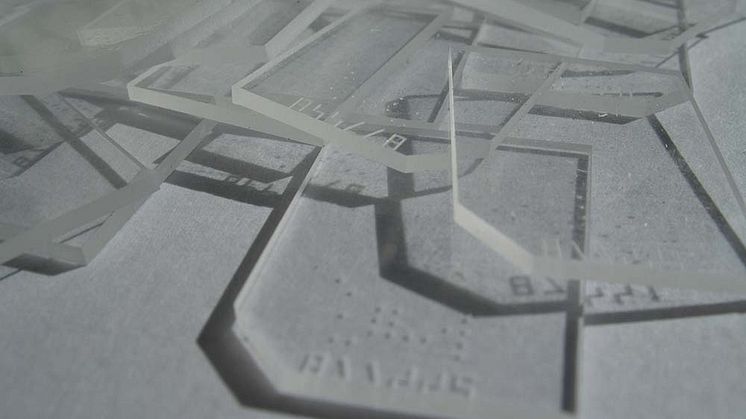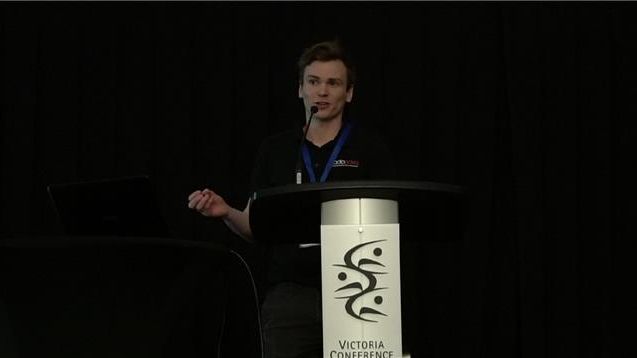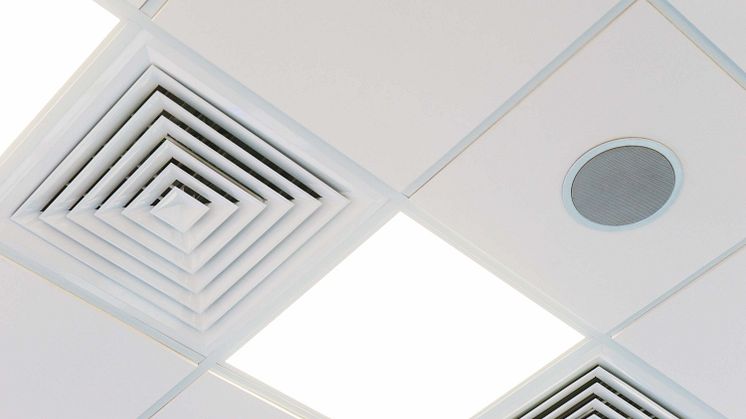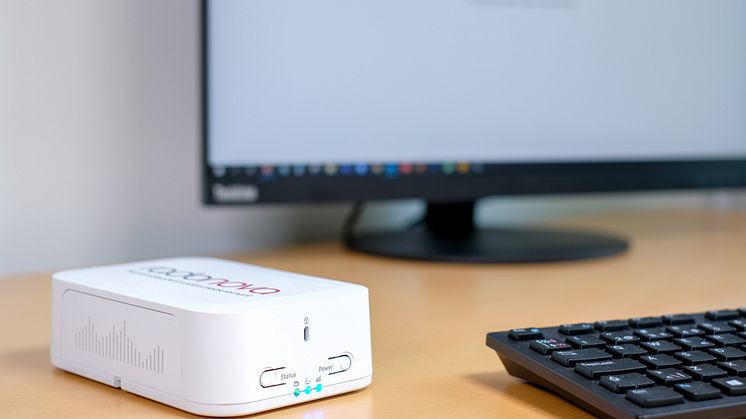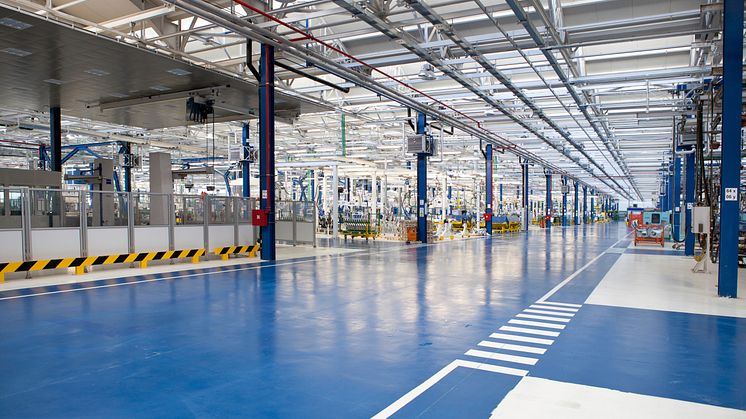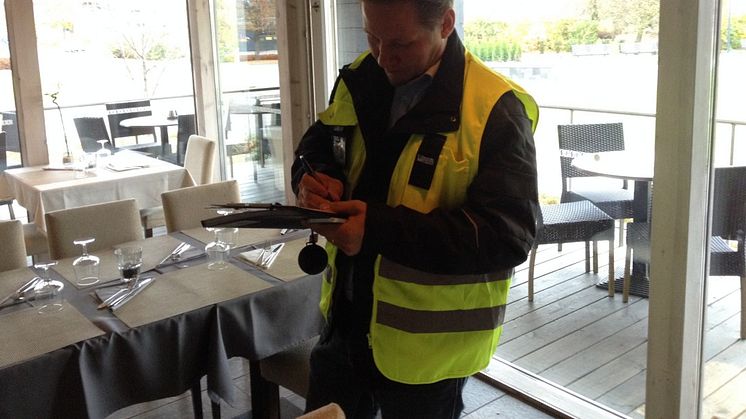
Blog post -
Five common mistakes when measuring radon in workplaces
The cost of radon measurement in the workplace usually lies in the amount of time it takes for deployment and collection of the radon detectors. Therefore, like in many other situations, it pays to do it correctly from the start. If not, hiring radon consultants for remeasurements can be costly.
With experience from thousands of workplace measurements from many countries, Radonova has been able to recognize these five common mistakes that are often made while measuring radon.
1. The radon measurement is carried out with too few detectors
It is important that the measurement provides an accurate and comprehensive mapping of the radon levels throughout the workplace or building. If high radon levels are detected, then they can be remedied, and the employer/property can be confident that they have an accurate understanding of the radon exposure within the workplace.
2. The measurement is carried out with too few measurement points on higher floors
Research shows that elevated radon levels are common on floors higher up in buildings than traditionally thought. In Radonova's database, workplaces do not show as definitive of a pattern for high radon levels as compared to the high radon levels found in apartment buildings. This is because office buildings usually have more advanced ventilation systems that can lead to larger local differences in pressure on upper floors.
3. Certain staff workspaces are missed
In addition to the employer's staff, other vendors and contractors often work in office buildings such as facility managers, cleaning contractors, kitchen workers, etc. Student spaces in schools are another example. When conducting a measurement, it is recommended that you include these spaces so that everyone on the premises can feel safe.
4. The detectors are placed where you think there will be the highest radon levels
In some cases, the detectors are placed in basements, boiler rooms, or electrical cabinets because it is suspected that there are high radon levels there (which is usually the case). However, high radon levels in that type of space do not automatically mean that there are elevated levels in adjoining areas. Therefore, measurements should be made where the staff members spend the majority of their time.
5. The long-term measurement is not followed up with a measurement during working hours
In buildings with mechanical ventilation, radon levels can vary depending on whether the ventilation is on or off. So, it is important to carry out a follow-up measurement with an electronic instrument at measurement points with elevated radon levels before any mitigation. By doing so, you can avoid wasting time and money.
Give every employee a clear message
When measuring radon in workplaces, communication with employees and contractors is important. Radon levels can vary in workspaces, even in different areas on the same floor. Measure in such a way that every employee feels safe and knows what radon level they are being exposed to. Keeping people informed about the radon levels in their workspace with accurate information that pertains to them will help eliminate uncertainty among employees. This can also improve each employee’s confidence that their workplace’s air is safe to breathe.




